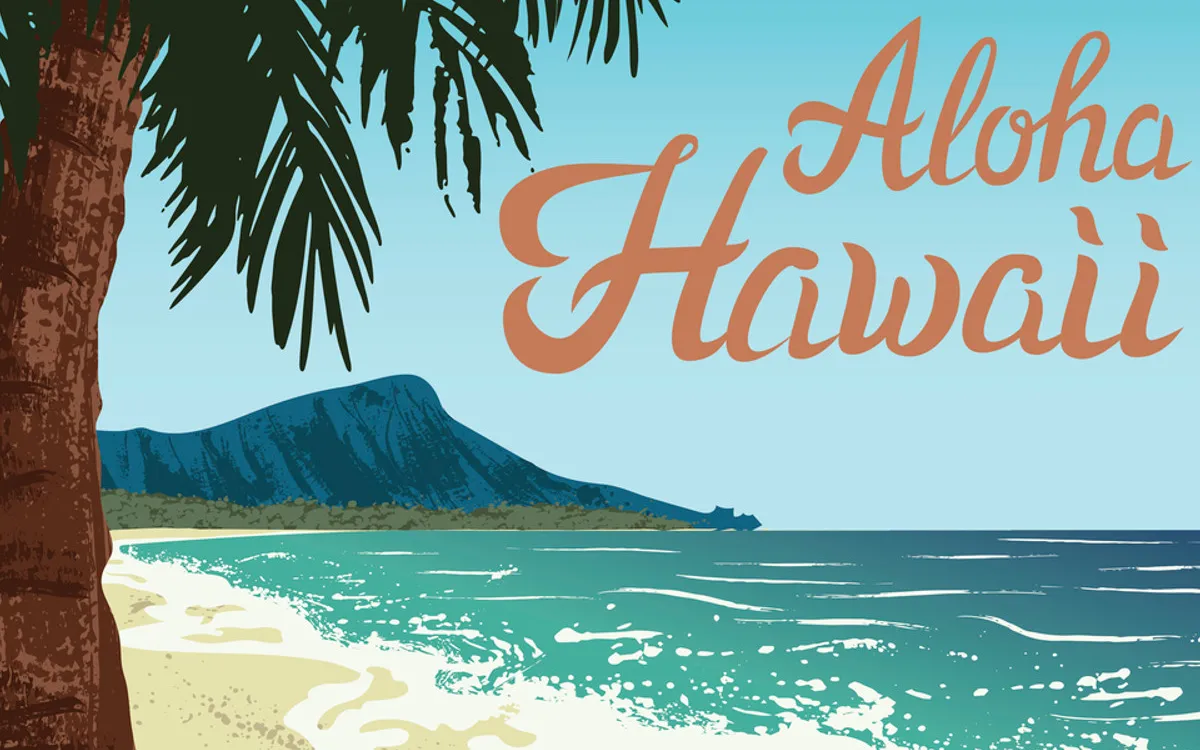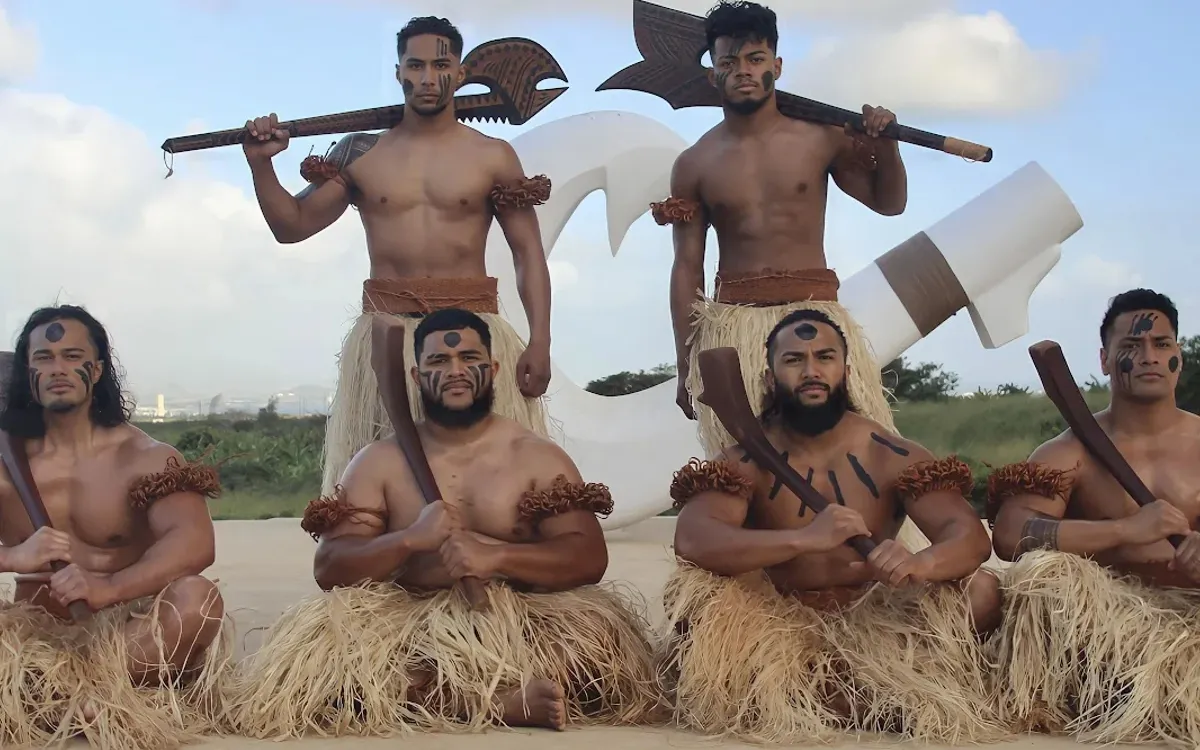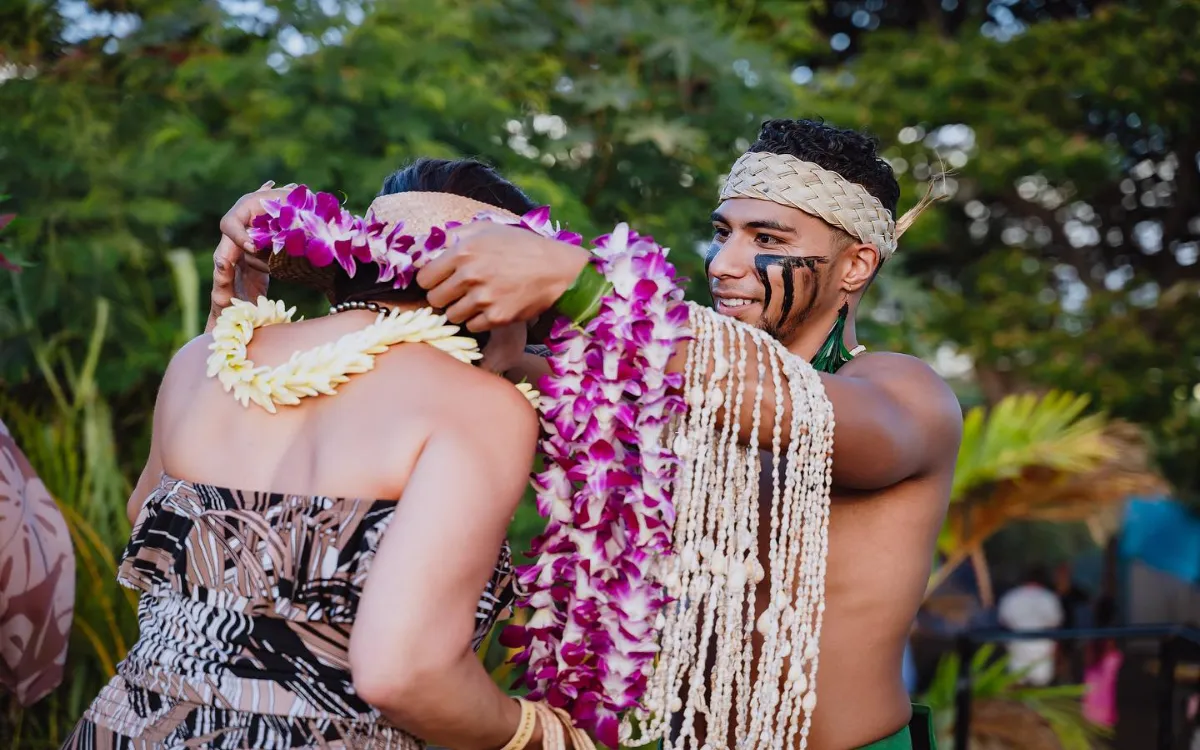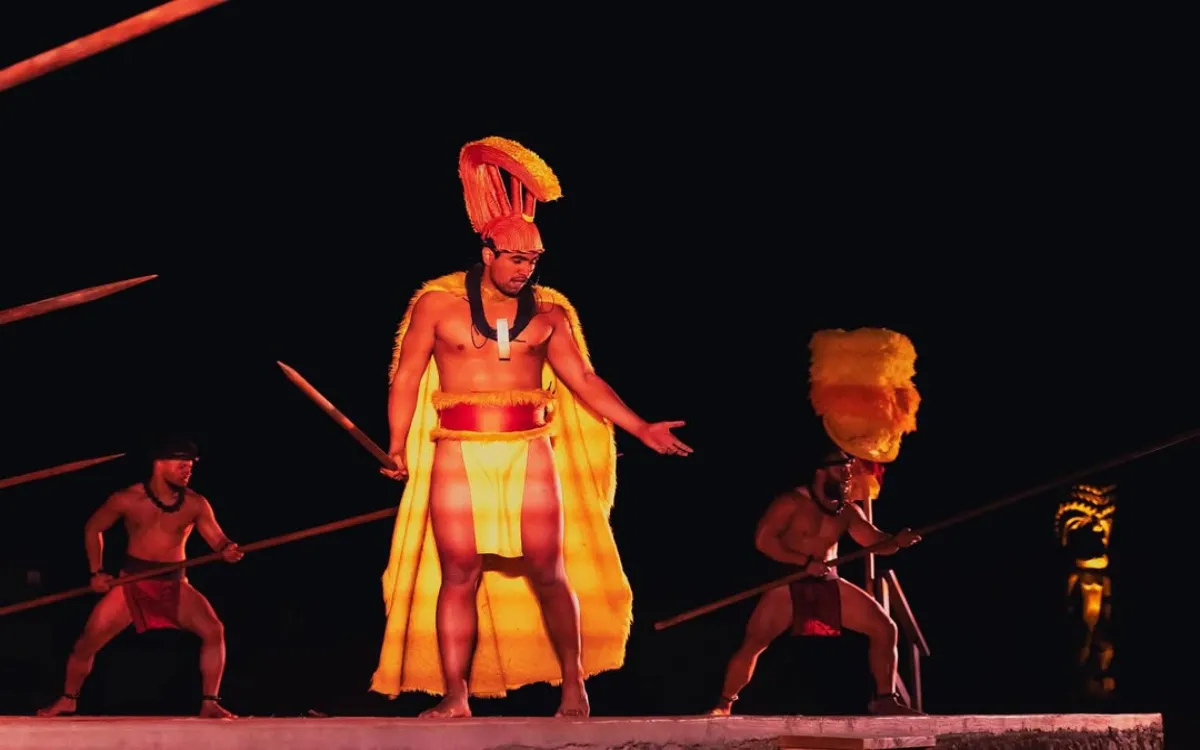Discover Mauka Warriors Luau: a unique Polynesian cultural experience, traditional buffet, and attractive deals. Find the best luau near me in Oahu now!
Nestled in the vast Pacific Ocean, the Hawaiian Islands are not only a paradise for travelers but also the proud guardians of an ancient, vibrant Polynesian heritage. From sacred beliefs and mythic hula dances to the generous spirit of aloha and the symbolic lei garlands – Hawaiian culture is a world that is both real and mystical, one that urges every visitor to pause, listen, and deeply appreciate.
1. Polynesian Belief
The Hawaiian people are part of the vast Polynesian community that stretches across the Pacific Ocean, with a seafaring civilization and a rich spiritual tradition that spans thousands of years. In their worldview, existence is not merely the harmony between humans and nature – it also includes the presence of akua (gods) and aumakua (ancestral spirits). They believe that the divine is present in every moment of life: in the crashing waves, in the flicker of flames, in the passing clouds.
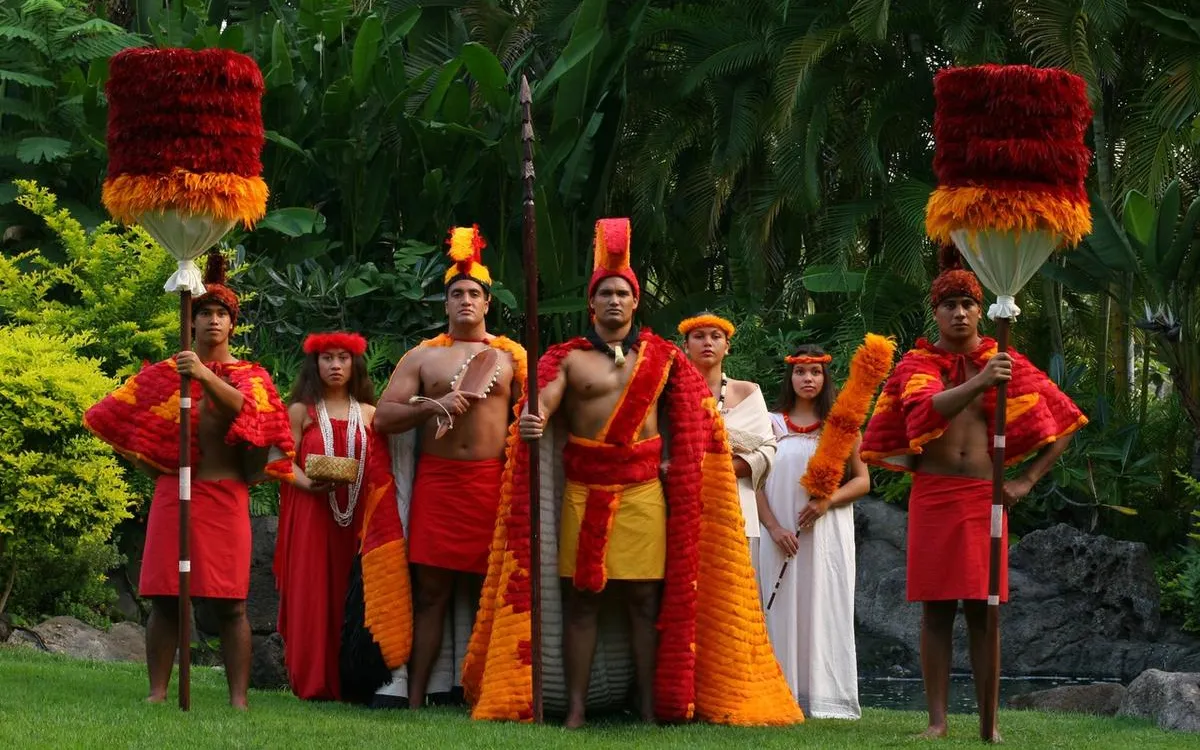
Polynesian beliefs played an important role in shaping modern Hawaiian culture
A sudden rainfall might be the voice of Lono – the god of fertility and agriculture. Lava flowing from deep within the Earth may be the footsteps of Pele – the goddess of volcanoes, embodying both creation and destruction. And the endless ocean belongs to Kanaloa – the mysterious deity of the sea.
For the Polynesians, spiritual and material life are inseparable. Religion does not stand apart from daily living – the two are woven together. Before every voyage, the people pray to the gods. Before building homes, crafting canoes, or harvesting crops, they hold ceremonies of gratitude. This deeply rooted, enduring belief system gave rise to a remarkable civilization in Hawaii.
2. The Luau Festival
The Luau is perhaps the most iconic cultural celebration that captures the very soul of Hawaii. It’s a vibrant event that weaves together music, cuisine, ritual, and community bonding. Traditionally, it was a sacred gathering for Polynesians to honor their ancestors, give thanks to the land and sky, and remember the long, painful history of a people who were once forbidden to dance hula, banned from speaking their native language — yet endured and rose again.
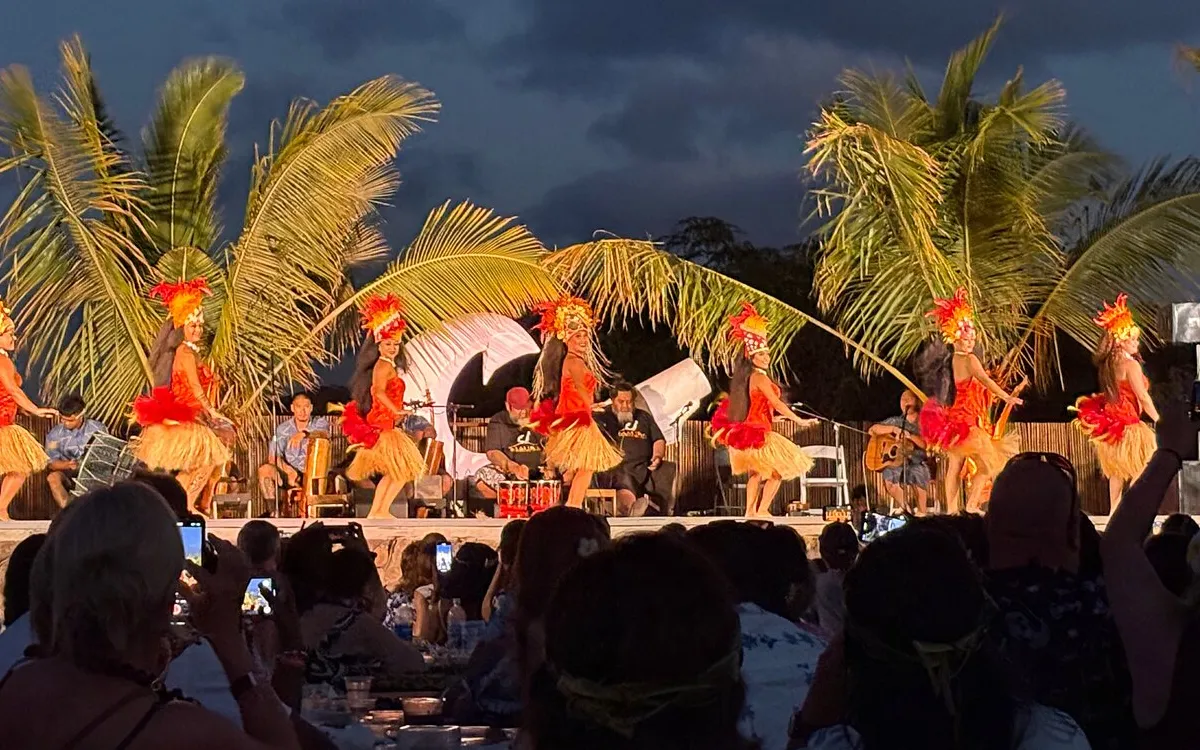
Mauka Warriors Luau is one of the few luaus that still preserves Polynesian culture
A traditional luau begins with an imu – the ceremonial cooking of pork in an underground oven lined with hot stones. As the sun dips behind the coconut trees, the deep beats of the pahu drums echo through the air. Dancers dressed in feathers, shells, and leaves step forward, moving in harmony with the legendary hula that embodies the spirit of the Hawaiian seas.
And if you’re looking not just to watch but to live an authentic native celebration, come to the Mauka Warriors Luau – the only place on Oʻahu that revives a true warrior-style luau. This is no commercialized stage show. It’s a spiritual journey, where you’re welcomed like family, where the sacred fire-lighting ritual unfolds before your eyes, and where the ancient spirit of mountain warriors rises once more in song, rhythm, and story.
3. The Mythic Hula Dance
It’s almost instinctual — when people think of Hawaii, the first image that comes to mind is the hula dance by the beach. It’s iconic, yes, but few truly grasp the depth of meaning behind it. In Polynesian culture, hula is not just a dance — it’s a sacred ritual. It’s how Hawaiians passed down their history, legends, beliefs, sorrows, and hopes — using the human body as a vessel of storytelling.
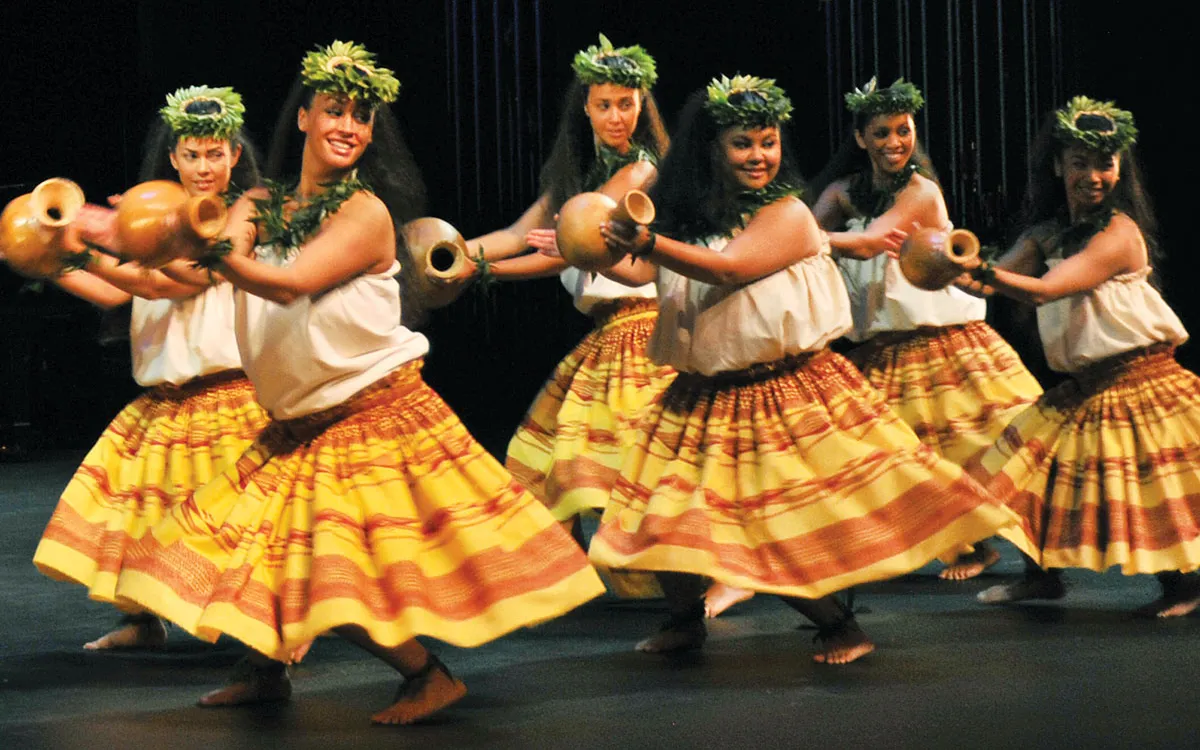
Hula dance
4. Hawaiian Cuisine
Traditional Hawaiian cuisine is a tribute to nature — simple, earthy, protein-rich, and full of bold ocean flavors. Some must-try dishes include:
Kalua pig: Pork roasted underground in an imu — a smoky, tender staple found at every traditional luau.
Poi: Smooth mashed taro root, often served alongside meat or fish.
Lomi-lomi salmon: A cold dish made with cured salmon, diced tomatoes, and onions — light, salty, and refreshing.
Poke: A modern Hawaiian classic — cubes of raw fish marinated in soy sauce, sesame oil, and spices.
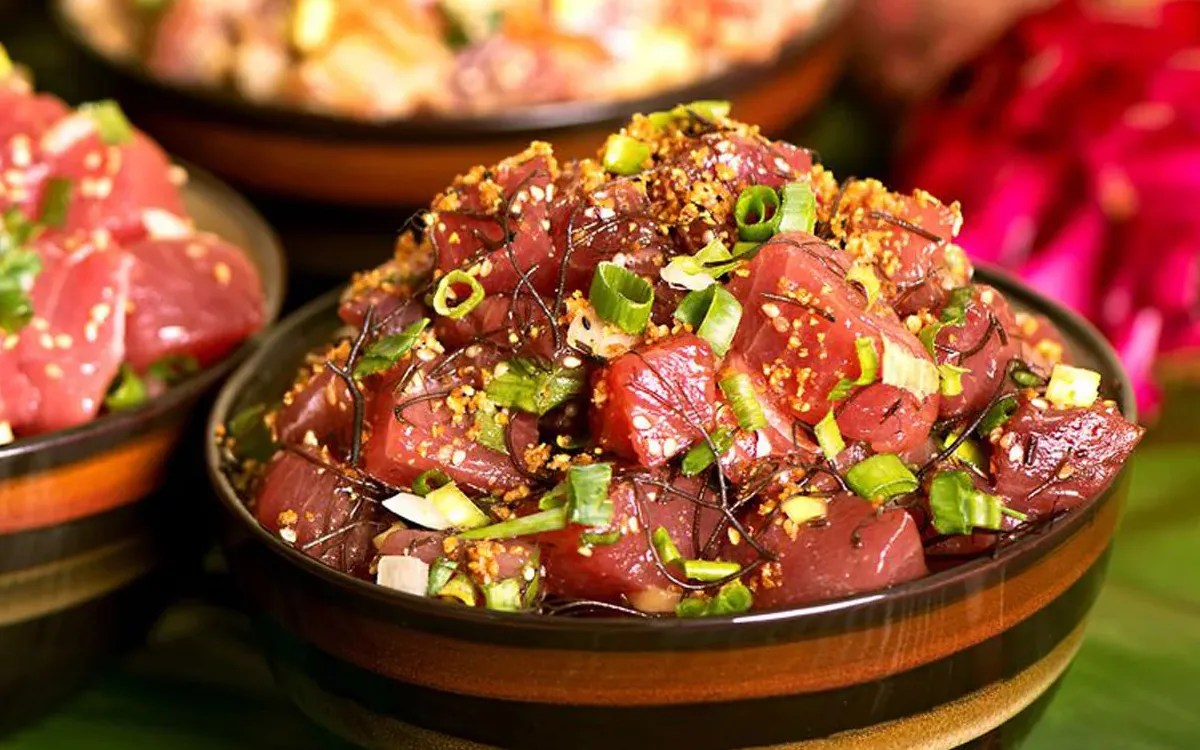
Hawaii's famous Poke
You can enjoy these iconic dishes at the dinner feast of Mauka Warriors Luau. Witness the imu cooking ritual firsthand — performed with the only remaining imu oven on the island of Oʻahu, right here at Mauka Warriors Luau. Then, sway into the rhythm of graceful hula dances under the stars. It’s more than dinner — it’s a true taste of Hawaiian tradition.
5. Aloha Spirit
“Aloha” is more than just a hello or goodbye — it’s a generous philosophy of life, deeply rooted in Polynesian culture. For the people of the sea, love for the land, the sky, and one another runs deep. In Hawaii — and throughout the surrounding oceanic islands — Aloha is a way of living: with others, for others, and in harmony with nature itself.
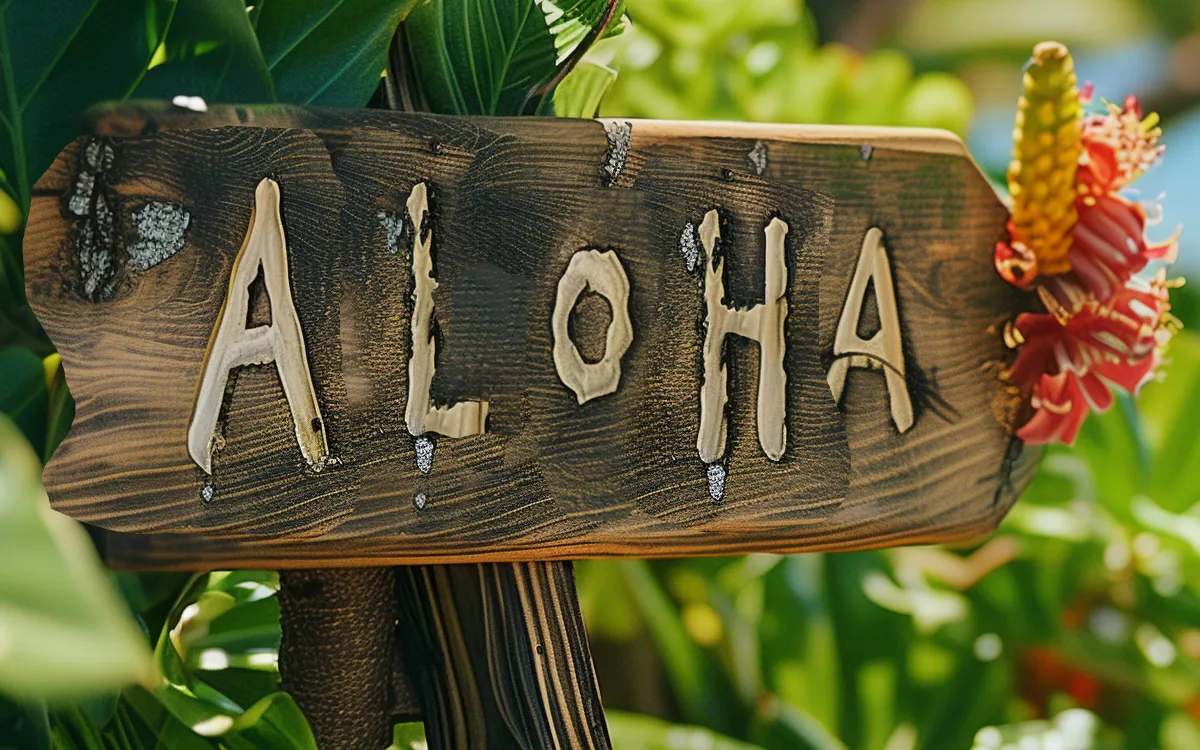
Aloha is the affectionate greeting of Hawaii
That’s why you always feel welcomed in Hawaii. The word Aloha carries the warmth of the ocean’s salt, the gentleness of the island breeze. It’s not a performance — it’s inherited wisdom, taught by elders from childhood and carried through every layer of daily life.
Why Is Hula Important to The Hawaiian Culture?
Yet there was a time in Hawaiian history when Hula was banned — outlawed by Western missionaries who viewed it as pagan and improper according to their imported religious standards. This ban wasn't just a prohibition of dance, but a deliberate attempt to erase native culture, sever spiritual ties, and push Hawaiians away from their language, beliefs, and identity.
But beginning in the 1970s, a powerful cultural movement known as the Hula Renaissance emerged — a revival that brought Hula back to the heart of Hawaiian life. This resurgence was not just about performances, but about a sweeping reclamation: the Hawaiian language (ʻŌlelo Hawaiʻi) returned to classrooms, ancestral rituals were revived, and a long-suppressed sense of cultural pride was reignited.
In truth, Hula is not merely part of Hawaiian culture — it is its foundation. It stands as the clearest, most defiant symbol of a people who refused to be forgotten. It is the pulse of a nation once pushed to the edge, now dancing its way back into memory, pride, and power.
Fun Fact About Hula Dancing
Hula is essential to Hawaiian culture not simply because it is a dance — but because it served as a sacred vessel of memory, history, and identity before the written word existed. In ancient times, Hawaiians preserved their genealogies, legends, spiritual beliefs, and ancestral knowledge through Hula. Every gesture is a coded language: an outstretched arm may represent the ocean, a glance of the eye could symbolize the harvest, and a movement of the hips might embody a volcanic eruption. Without Hula, much of Hawaiians’ ancestral memory would be lost. It is, quite literally, the most vivid and living archive of native Hawaiian history and culture.
Traditionally, Hula was performed in ceremonies to pray for rain and fertile crops, to honor the dead, or to open the Makahiki festival — a season of peace and celebration dedicated to agricultural gods. It was a sacred rite as much as a cultural expression.
There are two main styles of hula:
Hula Kahiko: the ancient, solemn form, accompanied by wooden drums and sacred chants.
Hula ʻAuana: the modern, graceful version, performed with ukulele and guitar.
To understand Hawaii, you must step inside. Slow down. Listen. And open your heart. All of these things you can experience at Mauka Warriors Luau.
